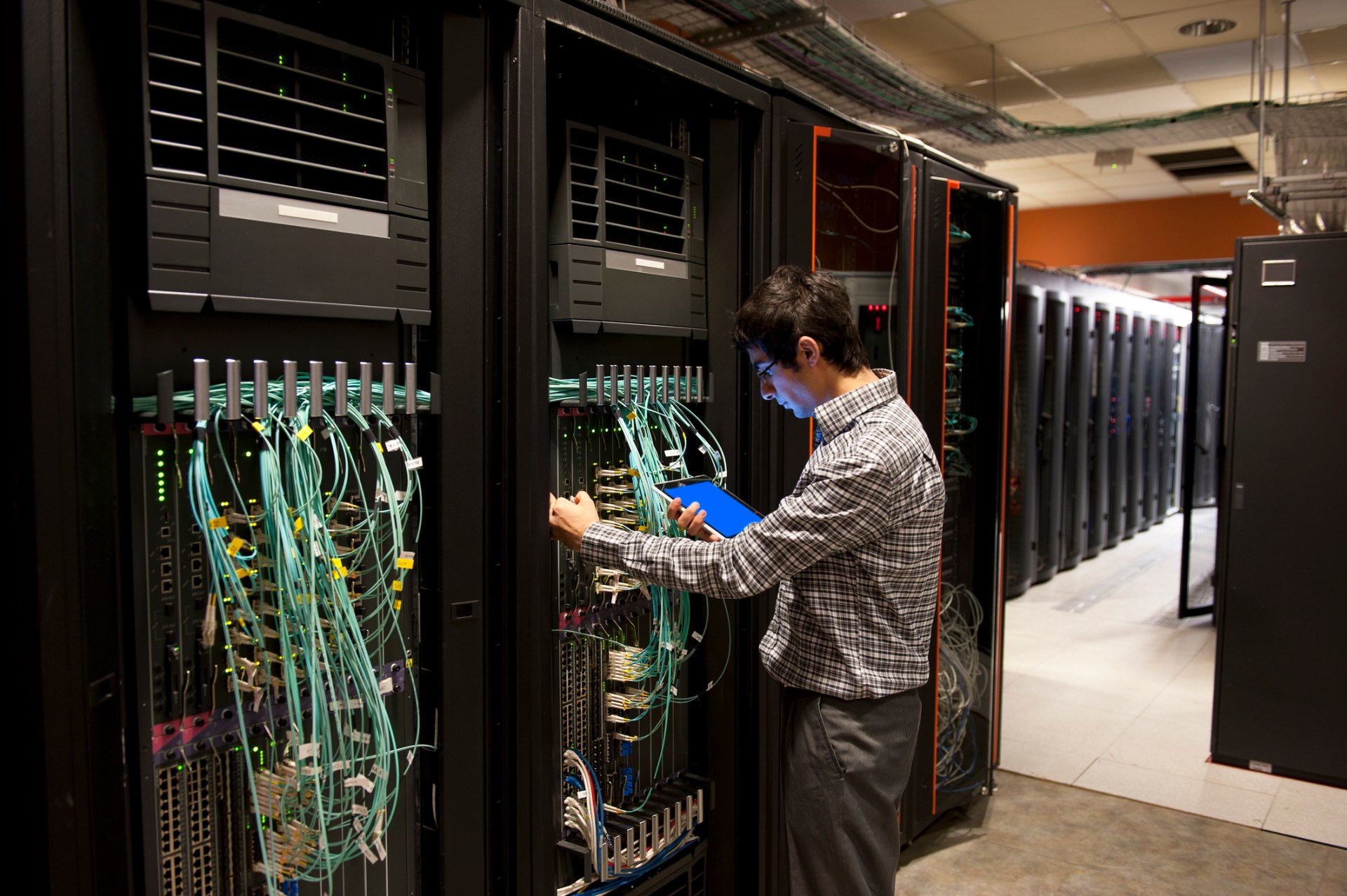In its original form, hybrid IT combined on-premises data centers with the public cloud. Over time, hybrid IT implementations expanded to include colocation facilities and private clouds deployed on dedicated third-party servers. Now it is expanding to include edge computing.
Increasing the quantity of data processed at the network edge can bring significant benefits. Here is a quick guide to what you need to know about it.
Understanding hybrid IT
At a high level, hybrid IT simply means implementing a system that uses both private and public infrastructure. At a deeper level, it means implementing a system where each workload can be deployed in the right environment at the right time.
As a rule of thumb, private environments are best for control. In practical terms, this means privacy and customizability. They also tend to be the most cost-effective options for processing large quantities of data. Public environments are best for flexibility, in particular scalability. They also tend to be the most cost-effective option for processing small quantities of data.
A very basic example of the private/public relationship would be a business using private infrastructure for its core processing but bursting into the public cloud when necessary. Generally, the main benefit of this is cost-effectiveness but control may also be an issue.
Understanding edge computing
Edge computing is computing undertaken at the network edge (i.e. locally) rather than in centralized data centers and/or the cloud. Although the term is relatively new, the concept dates back to the very earliest days of IT.
Before networking developed to the point where clouds became viable, data had to be processed locally. Initially, local processing usually meant processing on the same device where the data was generated.
Later, it became possible to process data on dedicated infrastructure. Due to networking limitations, however, this infrastructure had to be very near to the devices that generated the data. In fact, it was often in the same building, hence the term “on-premises infrastructure”. Later still, it became possible to process data in purpose-built data centers. These were, however, still relatively local.
The development of the cloud saw a shift to online, centralized processing. In fact, there was a (brief) period when it looked as though local processing was going to be consigned to IT history. As time passed, however, organizations became more aware that clouds had limitations as well as benefits. This prompted them to reassess the viability of processing at the network edge and, hence, the development of modern edge computing.
Benefits and challenges of processing at the network edge
Here are the three main benefits of processing at the network edge
Low latency: Processing data at the network edge minimizes the round-trip time between devices and centralized servers. This is crucial for real-time applications where even slight delays can have a significant impact.
Bandwidth efficiency: Edge processing reduces the amount of raw data that needs to travel between devices and centralized servers. This helps to maximize the quality of service for data that needs centralized processing.
Improved resilience: Implementing edge computing decreases reliance on centralized data processing facilities. It therefore leaves a business less exposed if there are issues with these services.
Here are the three main challenges of processing at the network edge
Resource constraints: Edge devices often have limited computational power, memory, and storage compared to centralized servers. This poses a challenge when dealing with resource-intensive tasks or handling large datasets. It’s therefore vital to strike the right balance between processing locally and offloading to the cloud.
Integration complexity: Deploying edge computing solutions requires seamless integration with existing infrastructure. Achieving interoperability among diverse devices and systems can be complex, potentially leading to compatibility issues.
Data management and consistency: Ensuring that edge devices have access to the most up-to-date information, especially in scenarios with distributed databases, requires sophisticated synchronization mechanisms. Maintaining data integrity across the network edge introduces complexities that need careful consideration.
Security and compliance considerations when processing at the network edge
Processing at the network edge brings a new set of security and compliance considerations. On the plus side, edge computing keeps sensitive information closer to its source. This means there is little to no danger of it being intercepted in transit. (The exact level of risk will depend on the specificities of the edge computing deployment).
On the other hand, it also expands an organization’s attack service and introduces new attack vectors. In particular, edge devices need to be protected from physical damage, both through accident and tampering. This is particularly important for devices in challenging environments such as outdoors.
It’s also important to remember that compliance standards apply to edge computing as with any other form of computing. It’s therefore vital to ensure that you can demonstrate robust compliance with all applicable standards.




